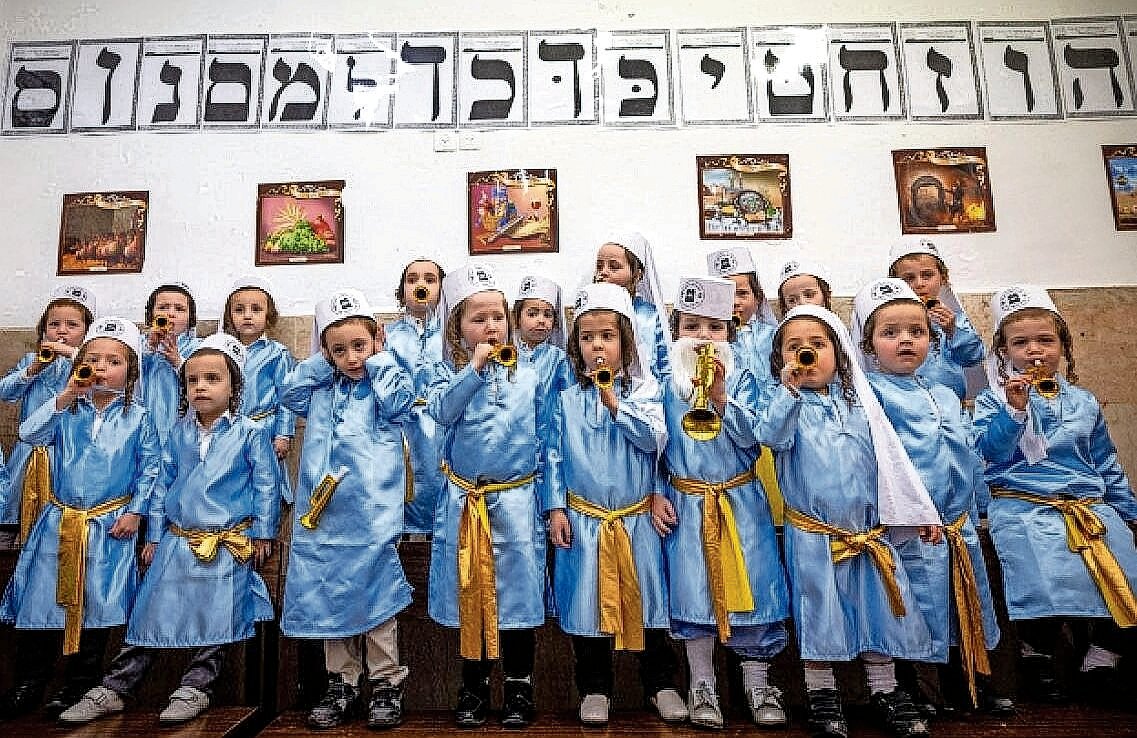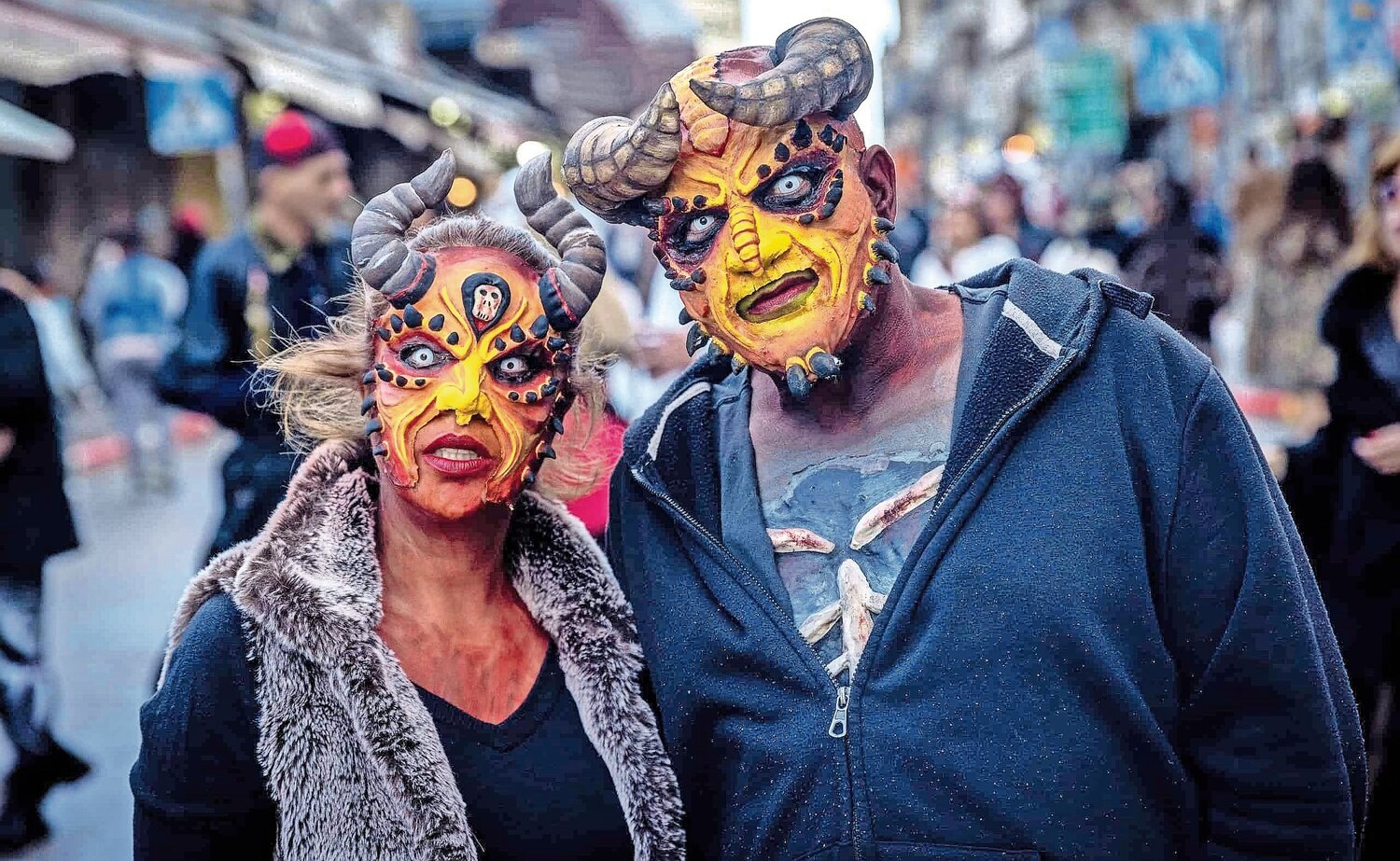In traumatized Israel, Purim will be different
The Israeli Ministry of Education is imploring Israeli citizens to think long and hard about how their Purim costume choices may affect traumatized members of the community.
“Everything has changed,” says Einav Luke, senior director of the ministry’s Psychological Counseling Service. “While it is so important for everyone to continue their lives, and enjoy routines and holidays, this year we also must take the feelings of others into account.”
Think before donning a green headband or a Jason the Serial Murderer costume.
The ministry issued guidelines to all schools related to the celebration of Purim in educational frameworks, in accordance with the security situation and the unique circumstances of the current time.
“It begins with a discussion that helps administrators, parents, children and teachers process the situation and develop empathy,” Luke says.
One mother shared with JNS that her neighborhood in Israel circulated a message that read, “Let’s preempt this year’s Purim and not allow our children to buy fake ammunition and detonators. Not only are they dangerous (kids have lost fingers and such in the past), but this year they can also be a major trigger to so many of us. This year, we not only have the military PTSD, but also civilians who are very sensitive to the sound of gunshots. Please pass this message along and let’s avoid any emotional or security issues.”
The ministry encourages children and adults to select costumes that express joy and creativity without creating a dangerous or frightening environment or causing distress to anyone.
The guidelines are sparking interesting online discussions.
Chaviva Braun, an occupational therapist from Samaria, predicted that the hottest costumes this year will be soldiers of all branches, ZAKA rescue and recovery volunteers and medical personnel.
Batia Macales from Kedumim added, “No one will dress up as an Arab, I hope.”
Another mother disagreed, writing, “Sometimes a kid needs to work through their anxiety by being the villain. … Any grownups who are so sensitive that they can’t deal with a kid’s imagination have some work to do — not the kid. There are kids who find dressing up as their enemy to be therapeutic for their trauma.”
Psychologist Bruno Bettelheim (1903-1990) analyzed fairy tales and their effect on children in his seminal work “The Uses of Enchantment,” pointing out that while many of them are dark and scary, the scary witches and evil characters help children process their fears and navigate the challenges of life.
But when evil is real, the processing mechanism is more complex. This year Israelis are looking not at witches and wolves, but at true evil, life and death, serious danger.
While Luke described the guidelines, the ministry stopped short of giving out lists of approved and disapproved costumes. They are not saying Haman is OK, Hamas is not, but since dressing as Hamas may be perceived as threatening, children who show up to school with inappropriate costumes will be asked to change to a less threatening costume.
“We are trying to get discussions going to let everyone flesh out how their celebration may have an effect on others.”
Luke pointed out that even excessive noise such as firecrackers could alarm people. Noisemakers that sound like sirens could induce panic.
“In these uncertain times, everyone is very sensitive,” she says. “Everything must be discussed, and we all need to pay attention. It is our responsibility to be especially mindful of others for all the upcoming holidays. We must guard our health, especially now, and protect the feelings of others.”

 55.0°,
Mostly Cloudy
55.0°,
Mostly Cloudy 







